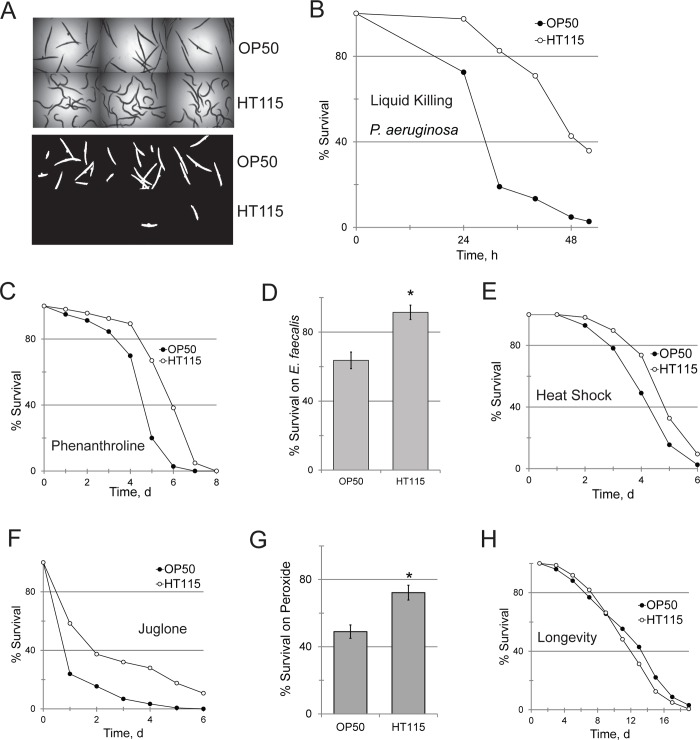Fig 1. E coli HT115 increases C. elegans' resistance to stresses.
(A) Representative bright-field (top) and fluorescent (bottom) images of glp-4(bn2) C. elegans exposed to P. aeruginosa PA14 after feeding on E. coli OP50 or E. coli HT115. Fraction of surviving worms (here and elsewhere) was inferred based on staining with Sytox Orange, a cell impermeant dye. (B) Time course of Liquid Killing of C. elegans as in (A). (C-G) Survival of OP50- and HT115-fed glp-4(bn2) worms after acute phenanthroline poisoning (100 μM) (C), infection with E. faecalis OG1RF (D), or exposure to hyperthermic (30°C) (E) or oxidative stresses from juglone (120 μM) (F) or hydrogen peroxide (2 mM) (G). (H) Lifespan of C. elegans fed with E. coli OP50 or E. coli HT115. p-value for (B-G) <0.01, (H) > 0.05 (N.S.). p-values were calculated using log-rank test (B,C,E,F,H) or Student’s t-test (D,G). *—p<0.01. At least 10 wells, each containing 20 worms, were used per replicate for (A,B,D,G). At least 50 worms per plate, three plates per condition per replicate were used for (C,E,F,H). At least three biological replicates were performed for each experiment.

